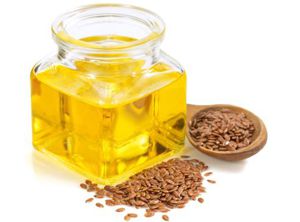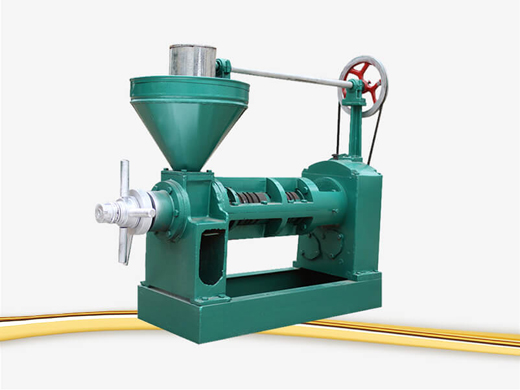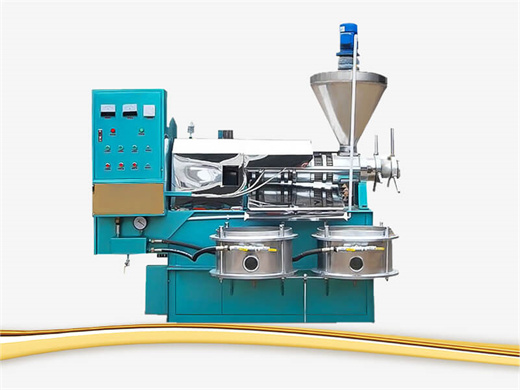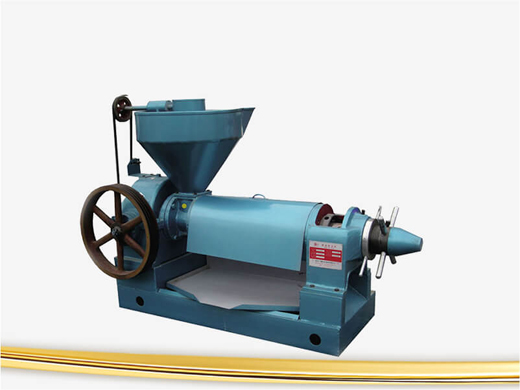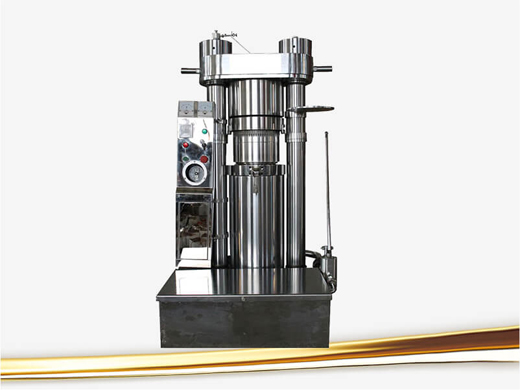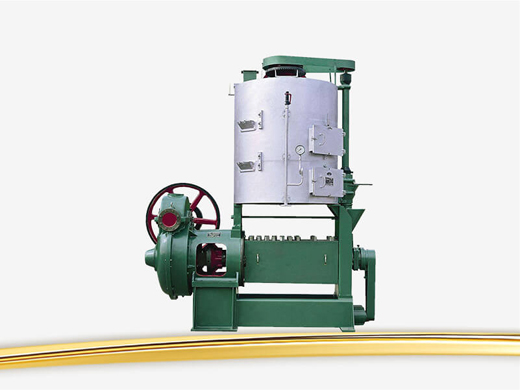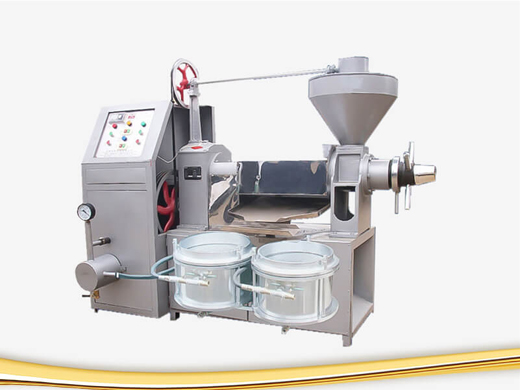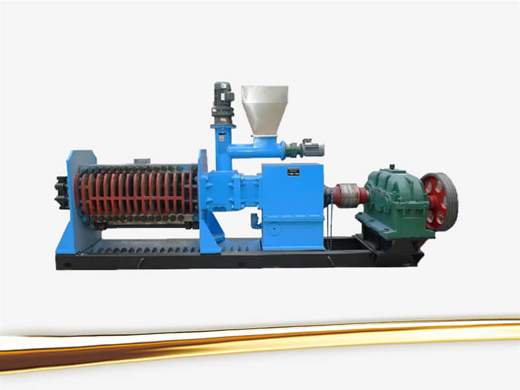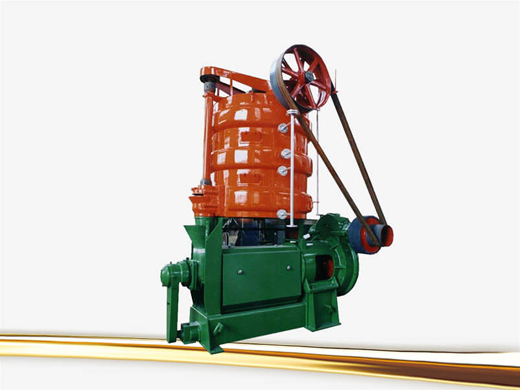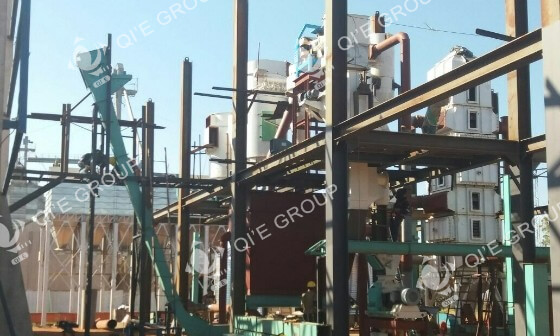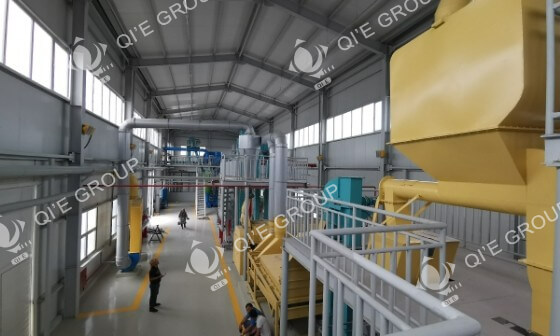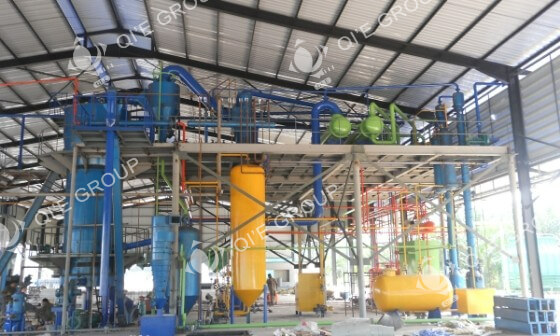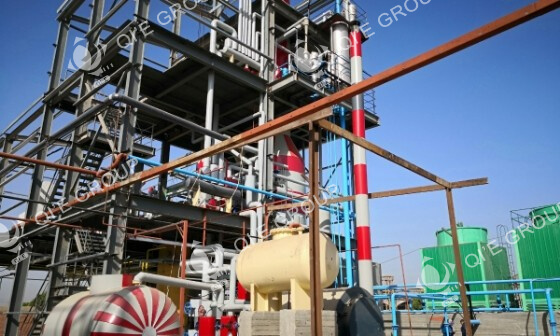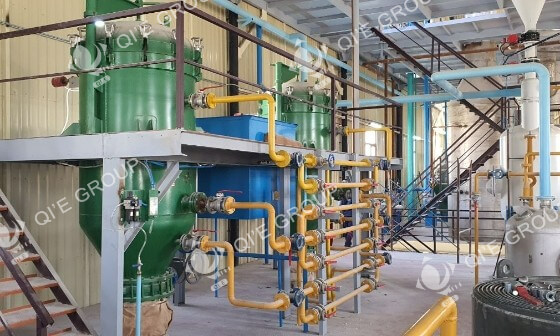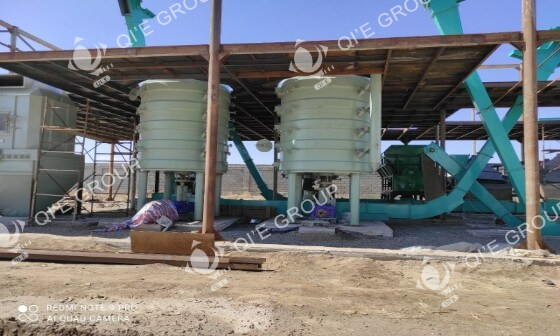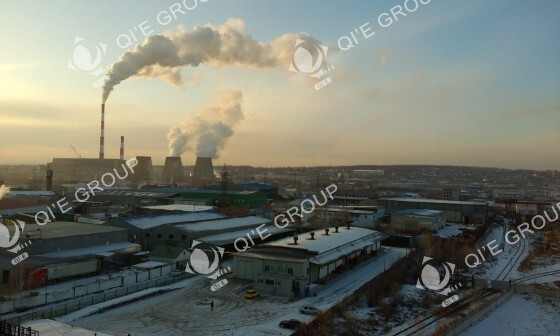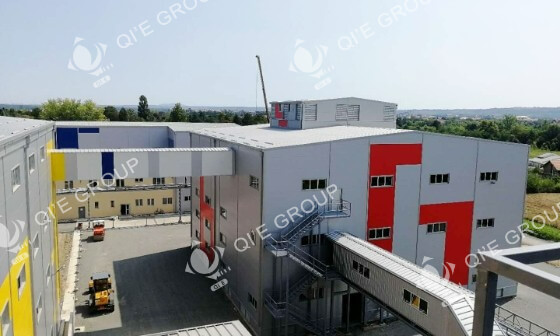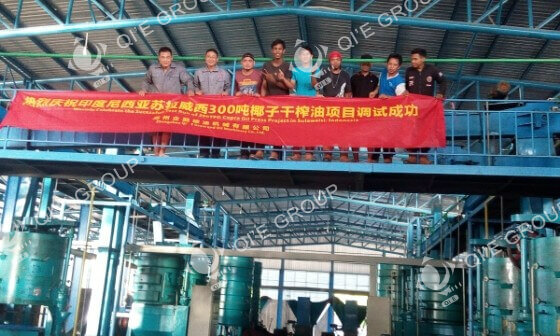Flaxseed Oil Production Line
The Best Flaxseed Oil Processing Method
Flaxseed oil contains an adequate amount of linolenic acid and the oil is usually extracted by low-temperature physical squeezing in the flaxseed oil production line. Because flaxseed oil has a balanced proportion of linolenic acid and linoleic acid, which is 1:4, and it is scientifically proven that when the ratio of linolenic acid to linoleic acid is 1:4, the human body can be in the healthiest state, and it is very difficult for various external bacteria to invade. Flaxseed oil can meet human health standards.
However, linolenic acid is highly heat-sensitive and easily oxidized. When the critical temperature is exceeded, the activity of linolenic acid begins to be destroyed. Therefore, when making flax seed oil, it is necessary to choose the physical pressing method at low temperature without any heating treatment. Low-temperature physical squeezing retains the activity of linolenic acid, and no additives in the whole process to maintain the natural quality of raw materials. Second, the physical pressing temperature is lower than the melting point temperature of the wax, so that the pressed flaxseed oil is free from the ¡°dewaxing¡±?procedure and avoids the damage caused by the dewaxing process.
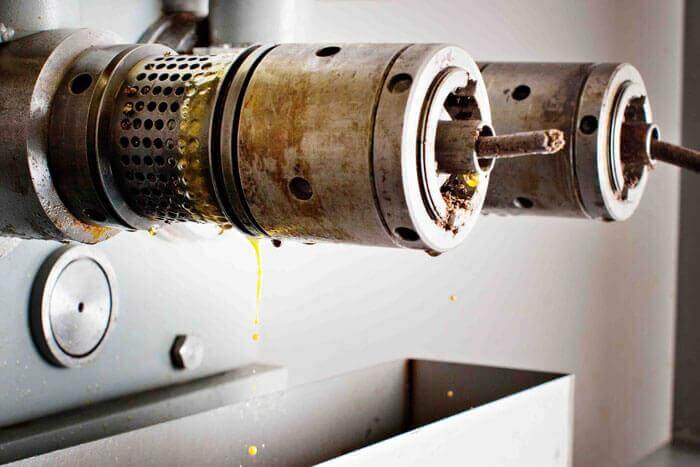
Processing Steps of Flaxseed Oil Physical Press Line
The pressing production process keeps the most effective ingredients in flaxseed, such as polyunsaturated fatty acids, protein, dietary fiber, vitamins, trace elements and so on. The pressed oil is more suitable for a special supplement for human health. Normal temperature pressing method refers to the flaxseed oil extraction at room temperature under great pressure from physical machinery without the traditional process of high-temperature frying or steaming, so the normal temperature pressed oil still distributes in the undeformed protein cells and contains rich ingredients (linolenic acid and other nutrients).
The steps of flaxseed oil press line are mainly: Flaxseed selecting → screening → cleaning up impurities → crushing → flaking → conditioning → normal temperature pressing → residue separation → degumming → dehydrating → debittering → crystallization → cryogenic filtration → physical pressed linseed oil
1. Material selecting
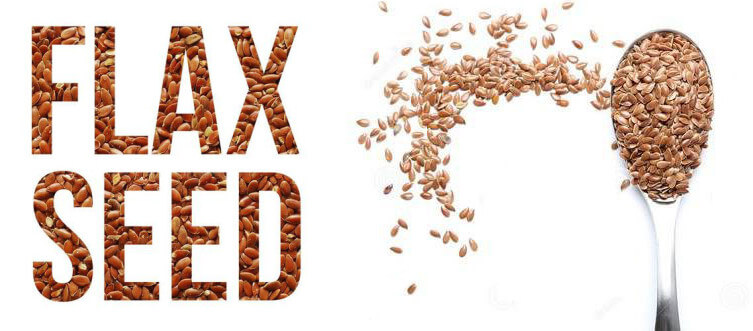
Due to the unique production technology of normal temperature pressed linseed oil, the requirements for raw materials are more stringent, therefore, fresh and plump flax seeds should be selected. The acid value of oil produced by immature and aged grains is higher and the flavor is poor, while mildew and broken grains are liable to be polluted by aflatoxin, so immature, damaged, mildewed and aged grains cannot be used to produce flaxseed oil. In addition, the following indicators should also be controlled: oil≥32%, moisture≤9%, impurities≤2%, acid value (KOH)≤1.0mg/g, peroxide value≤5mmol/kg.
At present, the commonly used raw materials for pressing flaxseed contains 38%~45% of oil and 6.5%~8.5% of moisture
2. Cleaning & sorting
In order to reduce the wear of the equipment in the follow-up process, to increase the oil yield, to avoid the deepening of the color of the crude oil, to avoid the increase of sediment content and the smelting consumption, the cleaning process is equipped with 1 unit high efficient cleaning destoner screen with functions of wind collection, screening & stone removing and 1 unit magnetic separator for removing the impurities such as dust, shell, stem and leaf, mud block, sand, stone, metal and so on in the raw materials. After cleaning, the flax seed has high cleanliness, the impurity content in seeds are less than 0.15% and the seeds content in the leftover are less than 1.5%.
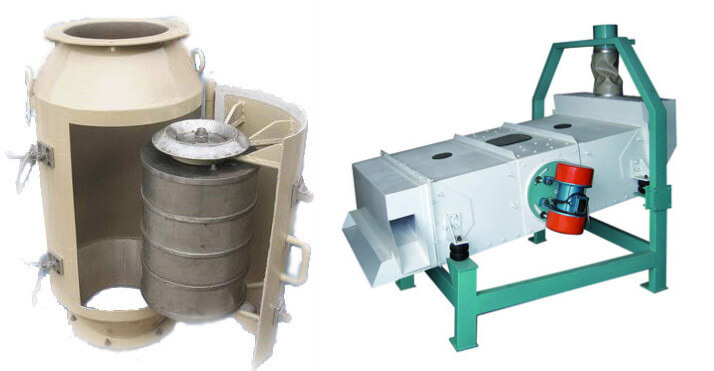
3. Crushing
After cleaning, the pure material is still a whole seed and its shell is hard, which is not good for squeezing out oil and must be broken. A YF1 roller oil mill is selected and the crushed material has smaller granularity which 70% of the granules could be sifted through 20 mesh screen.
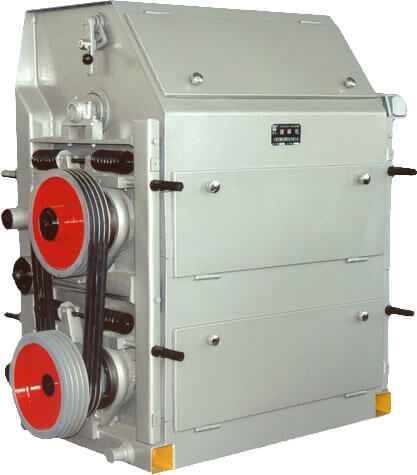
4. Flaking
The purpose of the flaking is to destroy the organization cells of the oilseed, increase the surface area of the flaxseed, shorten the distance of the oil flowing, and facilitate the extraction of the oil. The requirement of the rolling billet is that the billet is thin and uniform, the powder size is small, and there is no oil leakage. Therefore, a hydraulic rolling machine is used in the flaking process, and the machine has a smooth and easy operation, flexible and reliable performance, strong operability and other advantages. The flake thickness after rolling is generally 0.25~0.35mm.
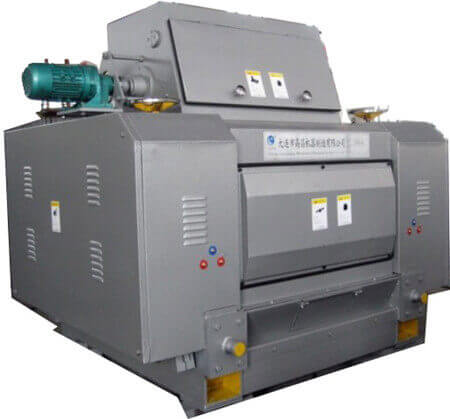
5. Conditioning
The purpose of conditioning is to adjust the moisture content of the flaxseed material. According to the characteristics of flaxseed flake and cold press machine, the suitable moisture content is about 7%~8%. Too high and too low moisture content is not conducive to the extraction of oil, and the conditioning process is generally carried out in the conditioning pot.
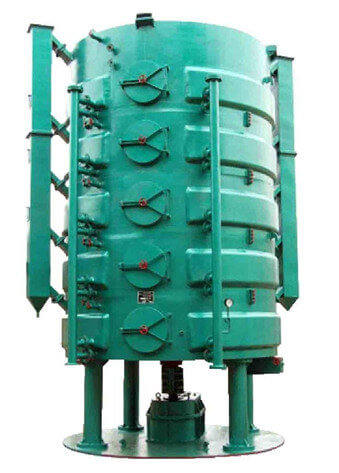
6. Pressing
Normal temperature pressed oil generally refers to the vegetable oil which is squeezed under the condition of room temperature. In the pressing process, SZY type screw oil press is specially selected, this machine is specially designed with a large theoretical compression ratio, so the oil can be pressed and expanded many times in the press chamber to realize the strong pressing, and the oil yield is high in one press.
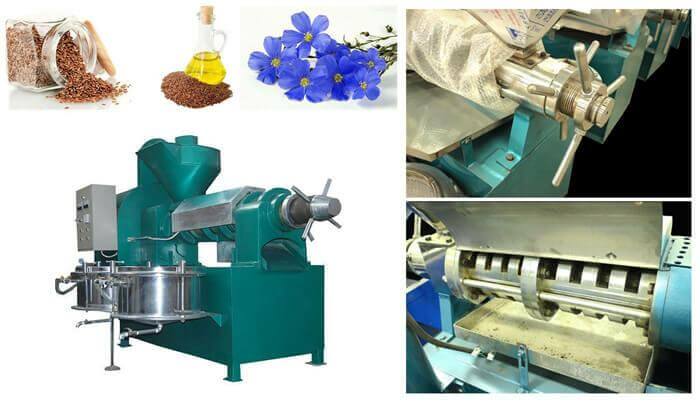
Please note: The moisture of flaxseed cold pressing is 8%, the residual oil of the pressed cake is 8.5%, and the oil outlet temperature is 42℃~55℃.
6.1 Main structures of flaxseed oil press machine
(1) Electric control part
The electric control device of flaxseed oil press is equipped with temperature control system, automatic protection device and anti-explosion automatic air switch.
(2) Pressing part
The machine's pressing part is consist of a pressing screw, pressing chamber and body device.
(3) Pressing screw
High strength materials, long service life, and it is suitable for crushing various oil material.
(4) Speed regulating part
The speed adjusting part is made up of a speed adjusting screw, a regulating nut, one handle, and a locking nut.
(5) Oil filtering part
The oil Pressing machine could be equipped with the vacuum filter, which is consist of the vacuum pump, oil filter tube line and other assembly components.
7. Residue separation
The crude oil extracted from the oil press contains a large amount of oil residue, which should be separated before refining. The crude oil is firstly passed through the oil scraper into the oil tank for preliminary oil residue separation. The separated oil is then pumped into the blade filter for filtering, and then the filtered oil would be sent to the refining workshop for refining.?The type of blade filter is vertical blade filter and horizontal filter.
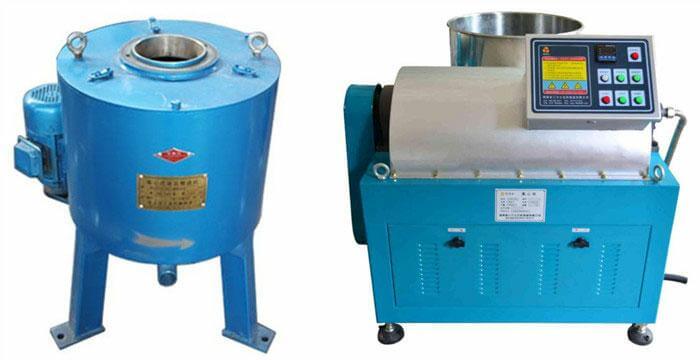
7.1 Advantages of vertical blade filter
(1) The machine is easy to clean, by removing the blades from the tank, and the filter cake could be removed by blade vibrating.
(2) The unloading system is a sealing system.
7.2 Advantages of the horizontal filter
(1) The filter plate area of the horizontal filter is small, so the cylinder body is easy to fill. The thickness of the precoating is uniform.
(2) Semi-automatic opening and cake unloading system, reducing pollution and labor intensity, so the horizontal filter is suitable for flaxseed oil filtering.
8. Degumming
Hydration degumming process uses hydrophilicity of colloidal impurities such as phospholipid to absorb water, expand, agglomerate and separate. First, the cold pressed crude oil is injected into the hydration tank and a certain amount of hot water is added under the condition of stirring, which causes the colloidal impurities such as phospholipids absorb water and expand, the specific gravity increases, and the precipitate separates. After the hydration reaction is finished and settled for a period of time, the oil, residue and wastewater are separated. The hydrated oil is then fed into the dehydration tank for vacuum dehydrating.
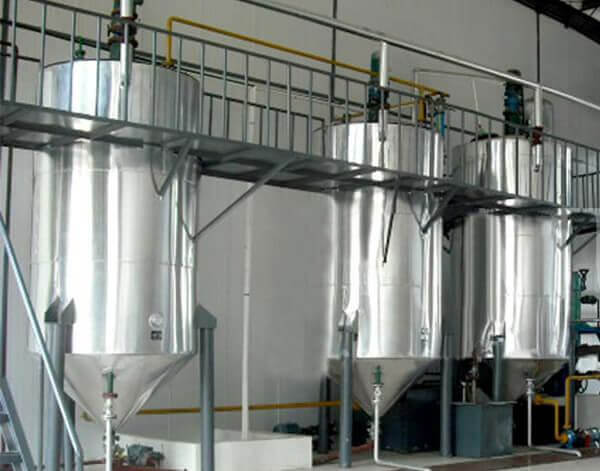
9. Debittering
The squeezed flaxseed oil has a lot of substances precipitated in the pressing process, such as flavonoids, saponin, etc. These components have high activity and bitter taste, so it is necessary to debitter the cold pressed oil. Debittering conditions are as follows: Under the oil temperature of 60~65℃ and the vacuum degree of 90~100kpa, the active carbon adsorbent is quickly added to the oil and the stirring speed is 60~80r/min. The reaction time is around 20~40min. After the reaction is finished, cool the oil to room temperature, and the flax seed oil is obtained after the vacuum filtration. Debittering process uses all physical processes to improve the flavor of flax seed oil and keep the original nutrition of flaxseed oil.
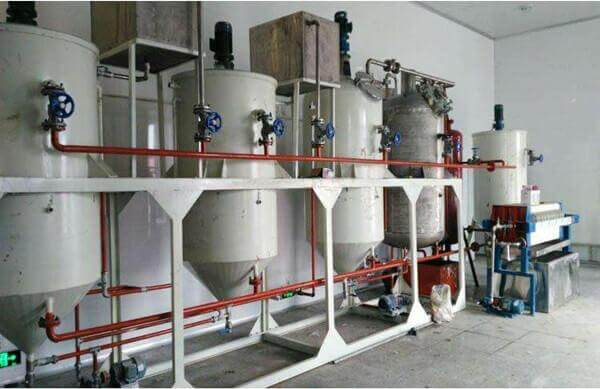
10. Crystallization
Wax is an inherent ingredient in oil. The wax content of flax seed oil is generally 2%~3%. Wax can reduce the transparency of oil and affect the color of oil under the condition of low temperature, so it is necessary to dewaxing flax seed oil. Oil dewaxing is a process in which the high melting point wax&solid fat contained in the oil are separated from oil by cooling and crystallization and then are removed by filtration or centrifugation.
After dehydration and debittering, the oil first enters into a rapid crystallizer to be rapidly cooled until the wax crystal nucleus are partly precipitated, and then enters into a crystallizing tank. In order to increase the probability of aggregation and collision between the precipitated wax particles, and make the oil evenly cooled, the oil in crystallizing tank needs to be properly stirred. In order to continue the crystallization of the wax and make the small crystal particles continue to grow, when the oil is cooled to 15℃, the stirring is stopped and the oil continues to be cooled down to 5℃. The total crystal growing time is about 72 hours (the specific crystal growth time and temperature are determined by the quality of the oil and actual production conditions). The oil that has reached the crystallization time can be sent to filtration to obtain pure flaxseed pressed oil.
ADVANTAGES OF FLAXSEED OIL PRODUCTION LINE
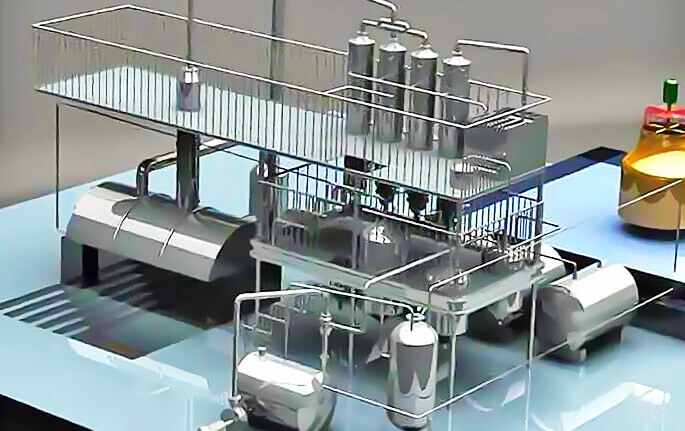
flaxseed oil production line is advanced and can be customized according to the actual needs of different customers. The equipment processing capacity is large, the failure rate is low, and the work efficiency is high. The normal continuous working time of the equipment is fully guaranteed, and the service life is long, which can create greater economic benefits and production capacity for customers.
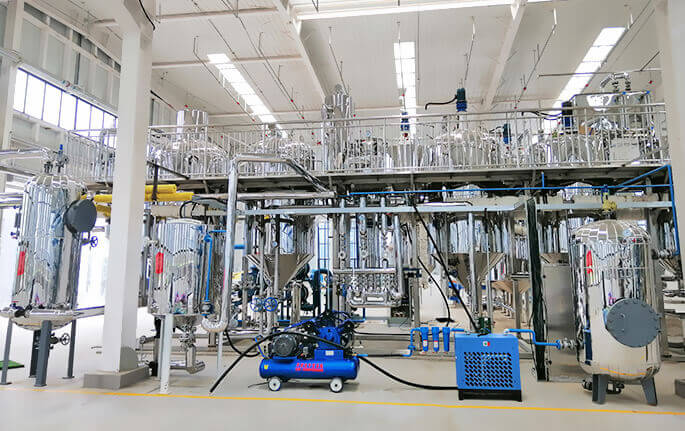
Low-temperature flaxseed oil press production line process generally does not require chemical refining and only needs to go through hydration degumming, activated carbon deodorization, cooling, filtration, dewaxing, and other processes, to avoid alkali refining, active clay decolorization, high-temperature vacuum deodorization, and other chemical refining process on the quality of flaxseed oil.
Why Must Choose Physical Pressing Technology For Flaxseed Oil?
This is crucial. If we ignore it, it is useless to eat more flaxseed oil, and it may cause harm to human body. Because linolenic acid has a strong thermal sensitivity and is easily oxidized, its critical temperature is 40 degrees, that is, when 40 degrees, the activity of linolenic acid begins to be destroyed. This is why we must emphasize the fundamental reason for the squeezing technology, because over 40 degrees of technology squeezed oil, its nutritional cost has been completely broken, eating this oil, it is against the original intention of choosing it. At present, only physical pressing at room temperature can guarantee the temperature of oil pressing.
